Home>Home Appliances>Kitchen Appliances>How To Use Nail Primer And A Dehydrator
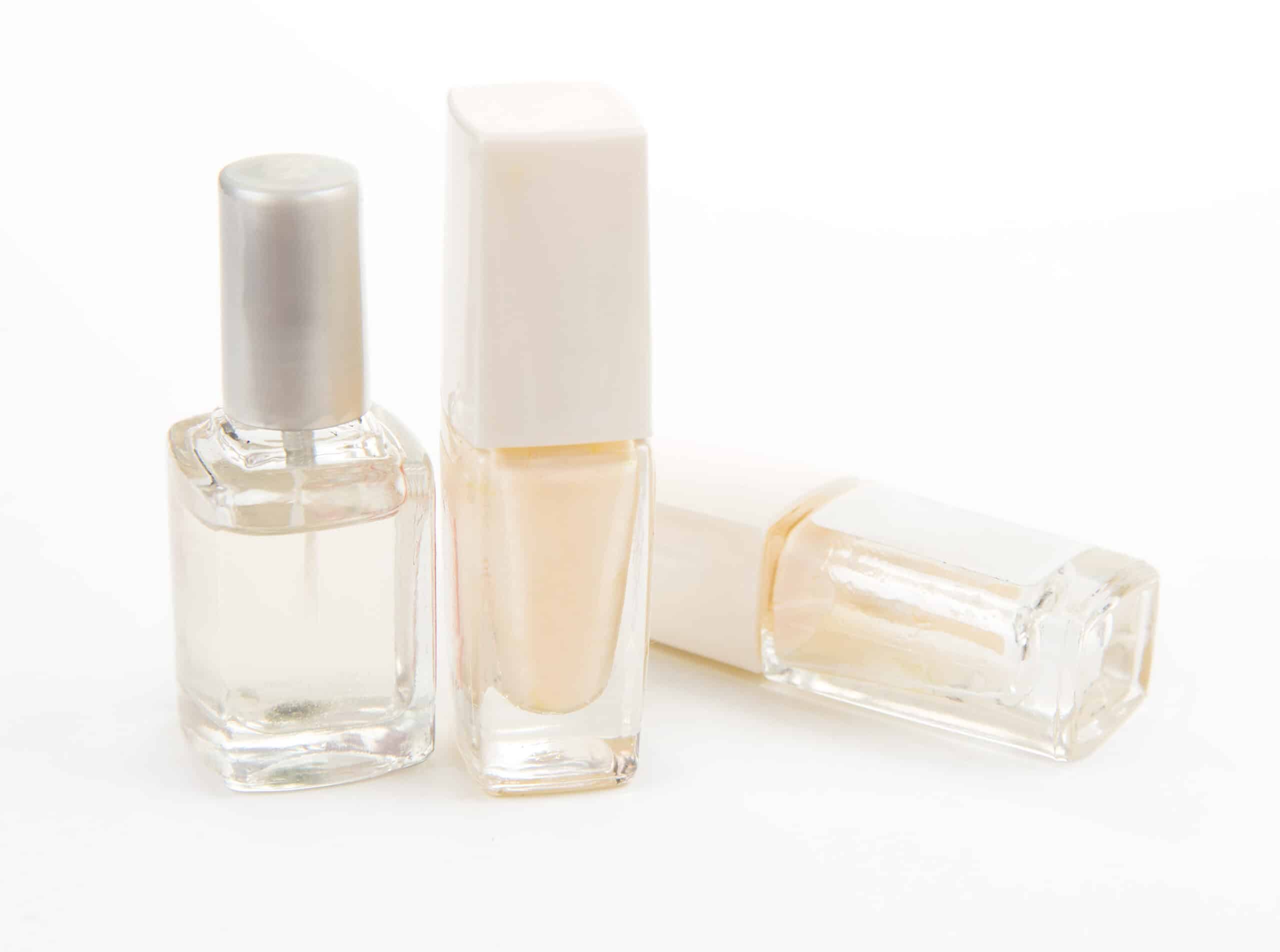

Kitchen Appliances
How To Use Nail Primer And A Dehydrator
Published: January 7, 2024
Discover the best techniques for using nail primer and dehydrator to achieve flawless nails. Learn how to prep your nails like a pro with our expert tips. Perfect your nail routine with our helpful guide.
(Many of the links in this article redirect to a specific reviewed product. Your purchase of these products through affiliate links helps to generate commission for Storables.com, at no extra cost. Learn more)
Introduction
Welcome to the world of nail care and beauty! Whether you're a professional nail technician or an enthusiastic DIYer, understanding the essential products and techniques for achieving stunning and long-lasting nail enhancements is crucial. Two key components in this process are nail primer and nail dehydrator. In this comprehensive guide, we will delve into the intricacies of these products, explore their individual roles, and provide valuable insights on how to use them effectively.
Nail primer and dehydrator play pivotal roles in the preparation and adhesion of artificial nail enhancements, such as acrylics, gels, and nail tips. By comprehending their functions and mastering their application, you can elevate the quality and durability of your nail treatments, ensuring beautiful results that stand the test of time.
In the following sections, we will unravel the mysteries of nail primer and dehydrator, shedding light on their purposes, application techniques, and best practices. Whether you're a seasoned professional seeking to refine your skills or a passionate individual eager to enhance your nail care routine, this guide will equip you with the knowledge and expertise needed to make the most of these essential nail products. So, let's embark on this enlightening journey into the world of nail primer and dehydrator, uncovering the secrets to achieving flawless and enduring nail enhancements.
Key Takeaways:
- Nail primer and dehydrator are essential for long-lasting nail enhancements, promoting adhesion and preparing the nail plate for acrylics and gels.
- Using nail primer and dehydrator with precision and considering client sensitivities ensures professional and enduring manicures.
Read more: What Can You Use As A Nail Dehydrator
Understanding Nail Primer
Nail primer is a crucial preparatory product used in the application of artificial nail enhancements. It serves the essential function of promoting adhesion between the natural nail plate and the subsequent layers of acrylic, gel, or other nail products. Essentially, nail primer creates an optimal surface for the artificial material to bond with, ensuring the longevity and durability of the nail enhancement.
Most nail primers contain methacrylic acid or ethyl methacrylate, which are acidic compounds that aid in dehydrating the nail plate and promoting adhesion. By effectively dehydrating the natural nail, primer eliminates excess moisture and oils, which can compromise the bond between the natural nail and the artificial enhancement. This process creates a clean and dry canvas for the subsequent application of acrylic or gel products, enabling superior adhesion and minimizing the risk of lifting or separation.
It is important to note that nail primers are available in both acid-based and acid-free formulations. Acid-based primers are typically recommended for clients with more challenging nail conditions, as they provide stronger adhesion. However, they require careful application to prevent overexposure and potential damage to the natural nail. On the other hand, acid-free primers are milder and gentler, making them suitable for clients with sensitive nails or those prone to allergic reactions.
When applying nail primer, it is crucial to use it sparingly and with precision. Excessive or careless application can lead to over-drying of the nail plate, which may result in discomfort or damage. Additionally, proper ventilation is essential when working with nail primer, as the fumes may be strong. Always follow the manufacturer’s instructions and safety guidelines to ensure the responsible and effective use of nail primer.
Understanding the role of nail primer in the nail enhancement process is fundamental to achieving professional results. By harnessing the power of this preparatory product, nail technicians and enthusiasts alike can ensure the integrity and longevity of their nail enhancements, setting the stage for stunning and enduring manicures.
Understanding Nail Dehydrator
In the realm of nail enhancements, a nail dehydrator plays a vital role in the preparation of the natural nail for the application of artificial products. Unlike nail primer, which focuses on promoting adhesion, a nail dehydrator is primarily responsible for removing excess moisture and oils from the nail plate, creating an optimal surface for enhanced adhesion and longevity of the nail enhancement.
Nail dehydrators typically contain solvents, such as isopropyl alcohol, that effectively cleanse and dehydrate the natural nail, ensuring the removal of any residual oils, contaminants, or moisture that could compromise the bond between the natural nail and the artificial product. By eliminating these impediments, nail dehydrators pave the way for improved adhesion and minimize the risk of lifting, peeling, or premature detachment of the nail enhancement.
One of the key advantages of using a nail dehydrator is its ability to prepare the nail plate without the harshness associated with acid-based primers. While nail primers containing acidic compounds serve the purpose of dehydrating and promoting adhesion, they may be too aggressive for some individuals, particularly those with sensitive nails or skin. Nail dehydrators offer a gentler alternative, effectively prepping the nail without the potential side effects associated with acid-based products.
When applying a nail dehydrator, it is important to ensure thorough coverage of the nail plate, including the sidewalls and free edge, to guarantee comprehensive decontamination and dehydration. This meticulous preparation sets the stage for optimal adhesion and long-lasting wear of the nail enhancement, contributing to the overall quality and durability of the manicure.
By understanding the role of nail dehydrator in the nail enhancement process, nail technicians and enthusiasts can elevate the standard of their nail treatments, ensuring superior adhesion and longevity of their creations. With its gentle yet effective dehydrating properties, a nail dehydrator is a valuable asset in the pursuit of flawless and enduring nail enhancements.
How to Use Nail Primer and Dehydrator
Mastering the application of nail primer and dehydrator is essential for achieving optimal adhesion and longevity of nail enhancements. Whether you’re a professional nail technician or a dedicated DIY enthusiast, following best practices for using these preparatory products is key to ensuring the success of your nail treatments.
Using Nail Primer:
- Begin by ensuring that the natural nails are clean and free from any polish or contaminants. Gently push back the cuticles and lightly buff the nail surface to remove any shine.
- Apply a small amount of nail primer to the nail plate, using a disposable applicator or a precision brush. Exercise caution to avoid contact with the skin or cuticles, as nail primer contains acidic compounds that can cause irritation.
- Allow the primer to air dry for the recommended time specified by the product manufacturer. It is essential to ensure that the primer is completely dry before proceeding with the application of acrylic or gel products.
- Once the primer has dried, you can proceed with the application of the desired nail enhancement, taking care to follow the specific instructions for the chosen product.
Read more: How To Use Nesco Dehydrator
Using Nail Dehydrator:
- After prepping the natural nails as mentioned earlier, apply the nail dehydrator to the entire nail plate, ensuring comprehensive coverage. Pay particular attention to the sidewalls and free edge to achieve thorough decontamination and dehydration.
- Allow the dehydrator to evaporate naturally, ensuring that the nail plate is completely dry before proceeding with the application of nail enhancements.
- Once the nail plate is adequately dehydrated, you can proceed with the application of acrylic, gel, or other nail products, following the specific guidelines for the chosen enhancement system.
By incorporating these steps into your nail enhancement routine, you can harness the full potential of nail primer and dehydrator, setting the stage for impeccable adhesion and enduring wear. Following the recommended application techniques and adhering to the safety guidelines provided by product manufacturers will ensure the responsible and effective use of these essential preparatory products.
Tips for Using Nail Primer and Dehydrator
When incorporating nail primer and dehydrator into your nail enhancement routine, it’s essential to consider various tips and best practices to optimize their effectiveness and ensure exceptional results. Whether you’re a professional nail technician or an avid DIY enthusiast, these tips will help you elevate the quality and longevity of your nail treatments.
Tips for Using Nail Primer:
- Use nail primer sparingly: Applying a minimal amount of primer is sufficient to achieve the desired adhesion. Excessive use can lead to over-drying of the nail plate, potentially causing discomfort or damage.
- Exercise precision: When applying nail primer, take care to avoid contact with the surrounding skin and cuticles. The acidic nature of nail primer can cause irritation if it comes into contact with sensitive areas.
- Follow manufacturer’s guidelines: Different nail enhancement systems may have specific recommendations for the application of nail primer. Adhering to the manufacturer’s instructions ensures optimal performance and compatibility with the chosen products.
- Ensure proper ventilation: Nail primers may emit strong fumes, so it’s important to work in a well-ventilated area to minimize exposure to potentially irritating vapors.
Tips for Using Nail Dehydrator:
- Thorough application: When using a nail dehydrator, ensure comprehensive coverage of the entire nail plate, including the sidewalls and free edge, to achieve thorough decontamination and dehydration.
- Allow for complete evaporation: After applying the dehydrator, ensure that the nail plate is completely dry before proceeding with the application of nail enhancements. Adequate drying time is essential for optimal adhesion.
- Consider client sensitivity: If a client has particularly sensitive nails or skin, opting for a gentle, acid-free dehydrator may minimize the risk of adverse reactions while still achieving effective preparation of the nail plate.
By integrating these tips into your nail care regimen, you can harness the full potential of nail primer and dehydrator, ensuring the meticulous preparation and superior adhesion of your nail enhancements. Embracing these best practices will contribute to the overall quality and longevity of your manicures, setting the stage for stunning and enduring results.
Read more: How To Use Oven As A Dehydrator
Precautions and Considerations
While nail primer and dehydrator are invaluable tools in the realm of nail enhancements, it is essential to observe certain precautions and considerations to ensure their safe and effective use. By taking these factors into account, both professionals and DIY enthusiasts can optimize the performance of these preparatory products while prioritizing the well-being of their clients and themselves.
Precautions for Nail Primer and Dehydrator:
- Minimize skin contact: Given the acidic nature of nail primer, it is crucial to avoid direct contact with the skin and cuticles during application. This can help prevent potential irritation or adverse reactions.
- Proper ventilation: When working with nail primer and dehydrator, ensure adequate ventilation in the workspace to mitigate exposure to fumes. This is particularly important for individuals with sensitivities or respiratory conditions.
- Use in well-lit areas: Applying nail primer and dehydrator in well-lit environments allows for better visibility and precision, reducing the likelihood of accidental skin contact and ensuring thorough coverage of the nail plate.
- Adhere to manufacturer’s guidelines: Always follow the specific instructions provided by the manufacturers of nail primer and dehydrator products. This includes recommended application techniques, drying times, and any additional safety precautions.
Considerations for Client Sensitivity:
- Assess nail conditions: Before applying nail primer and dehydrator, assess the condition of the client’s natural nails. This can help determine the most suitable products and application techniques, particularly for individuals with sensitive or problematic nail plates.
- Communicate with clients: Inform clients about the products being used and inquire about any known allergies or sensitivities. This open dialogue allows for tailored recommendations and the selection of appropriate, gentle formulations when necessary.
- Offer alternatives: For clients with heightened sensitivity or specific concerns, consider offering acid-free or hypoallergenic versions of nail primer and dehydrator to minimize the risk of adverse reactions while still achieving effective preparation of the nail plate.
By embracing these precautions and considerations, nail technicians and enthusiasts can navigate the use of nail primer and dehydrator with confidence and responsibility. Prioritizing safety, precision, and client well-being contributes to the overall professionalism and quality of nail treatments, ensuring a positive and enriching experience for both providers and recipients.
Conclusion
As we conclude our exploration of nail primer and dehydrator, it becomes evident that these preparatory products are indispensable assets in the pursuit of impeccable and enduring nail enhancements. Understanding their roles, application techniques, and associated precautions empowers nail technicians and enthusiasts to elevate the quality and longevity of their manicures, setting the stage for stunning and resilient results.
Nail primer, with its adhesion-promoting properties, and nail dehydrator, with its decontaminating and dehydrating effects, work in harmony to create an optimal canvas for the application of acrylics, gels, and other artificial nail products. By incorporating these preparatory steps into the nail enhancement process, professionals and DIY enthusiasts alike can ensure superior adhesion, reduced risk of lifting, and enhanced wearability of their creations.
Furthermore, by adhering to best practices, such as using these products sparingly, exercising precision during application, and considering client sensitivities, individuals can navigate the use of nail primer and dehydrator with confidence and responsibility. This conscientious approach not only enhances the quality of nail treatments but also prioritizes the well-being of both providers and recipients.
As you embark on your nail care journey, armed with the knowledge and insights gleaned from this guide, may you approach the use of nail primer and dehydrator with a blend of expertise, creativity, and mindfulness. Whether you’re perfecting your craft as a professional nail technician or indulging in the art of DIY nail care, may the synergy of these preparatory products contribute to the creation of enduring, breathtaking manicures that leave a lasting impression.
With a deepened understanding of nail primer and dehydrator, may your nail enhancements flourish with resilience, beauty, and the hallmark of meticulous preparation. Here’s to a world of captivating nail artistry, where every brushstroke and application reflects the dedication and artistry of those who seek to adorn the fingertips with enduring elegance.
Frequently Asked Questions about How To Use Nail Primer And A Dehydrator
Was this page helpful?
At Storables.com, we guarantee accurate and reliable information. Our content, validated by Expert Board Contributors, is crafted following stringent Editorial Policies. We're committed to providing you with well-researched, expert-backed insights for all your informational needs.
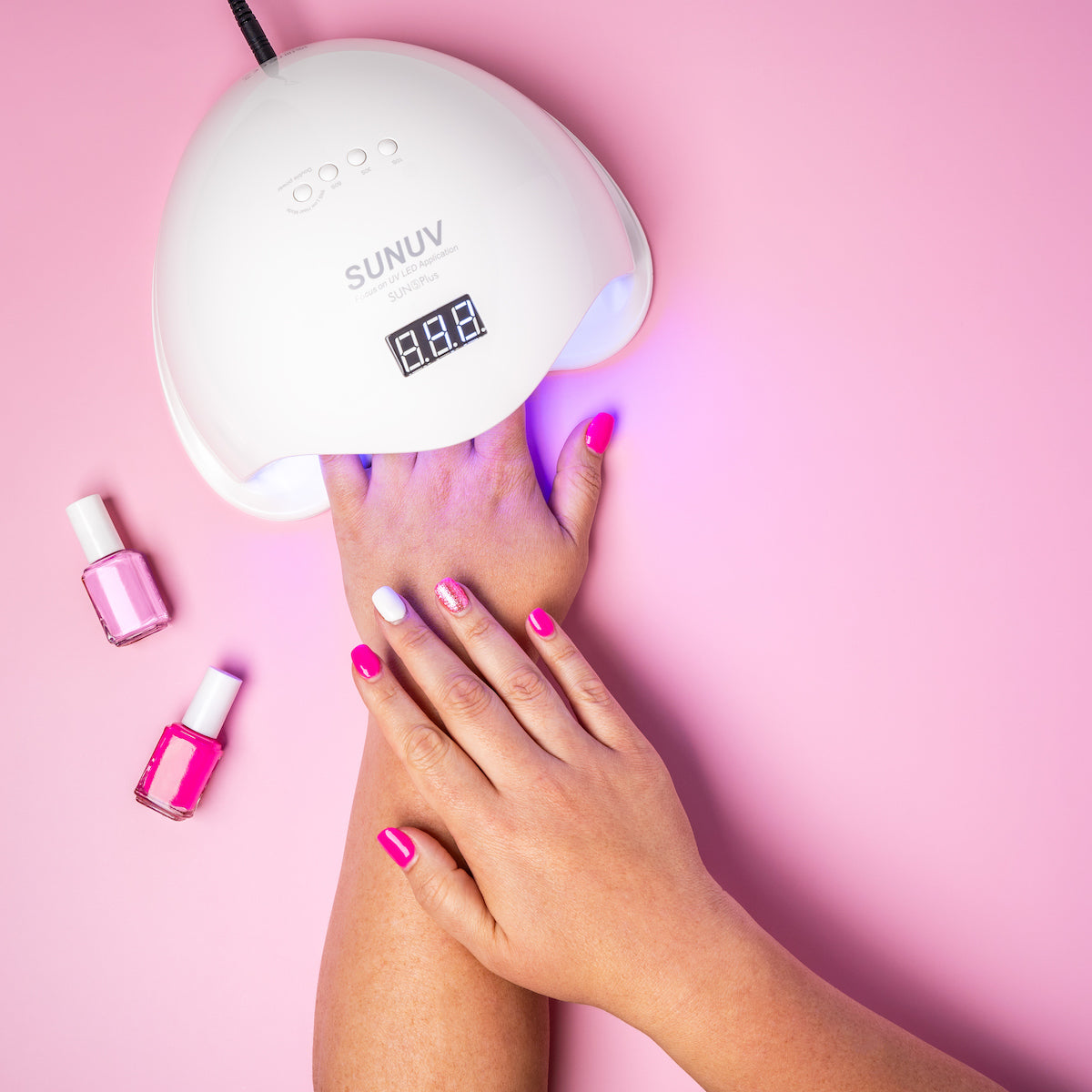
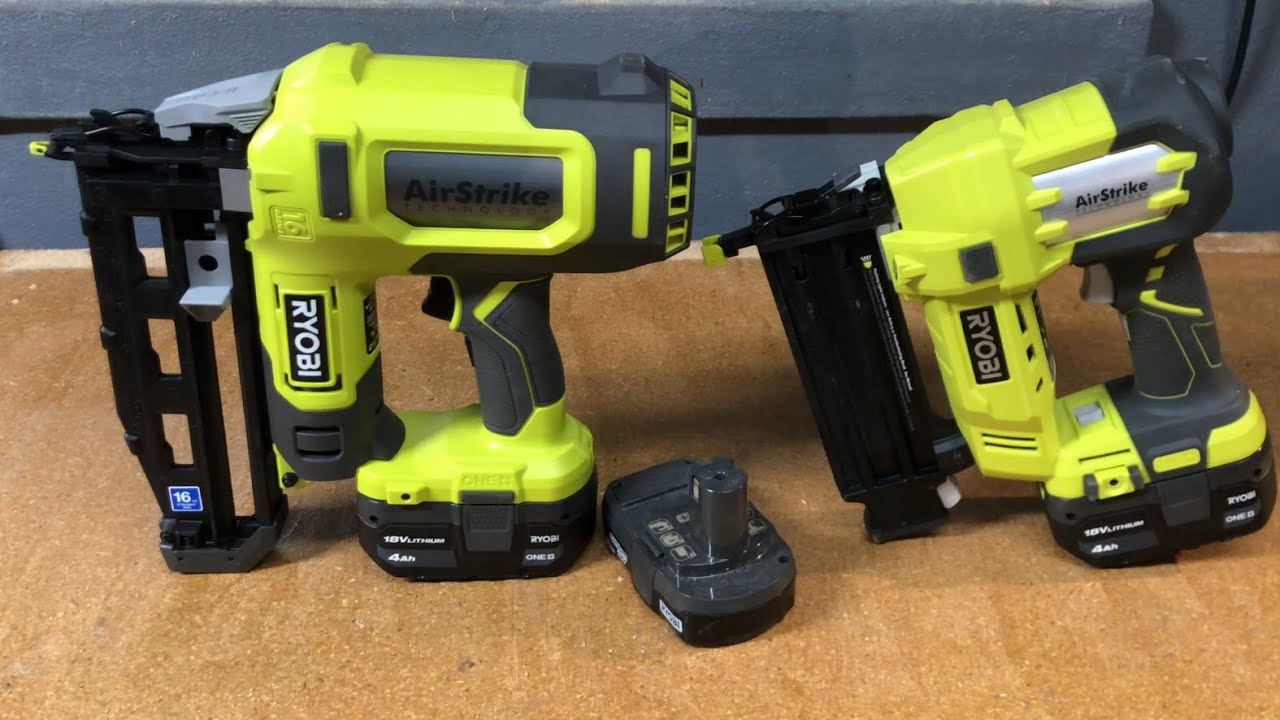
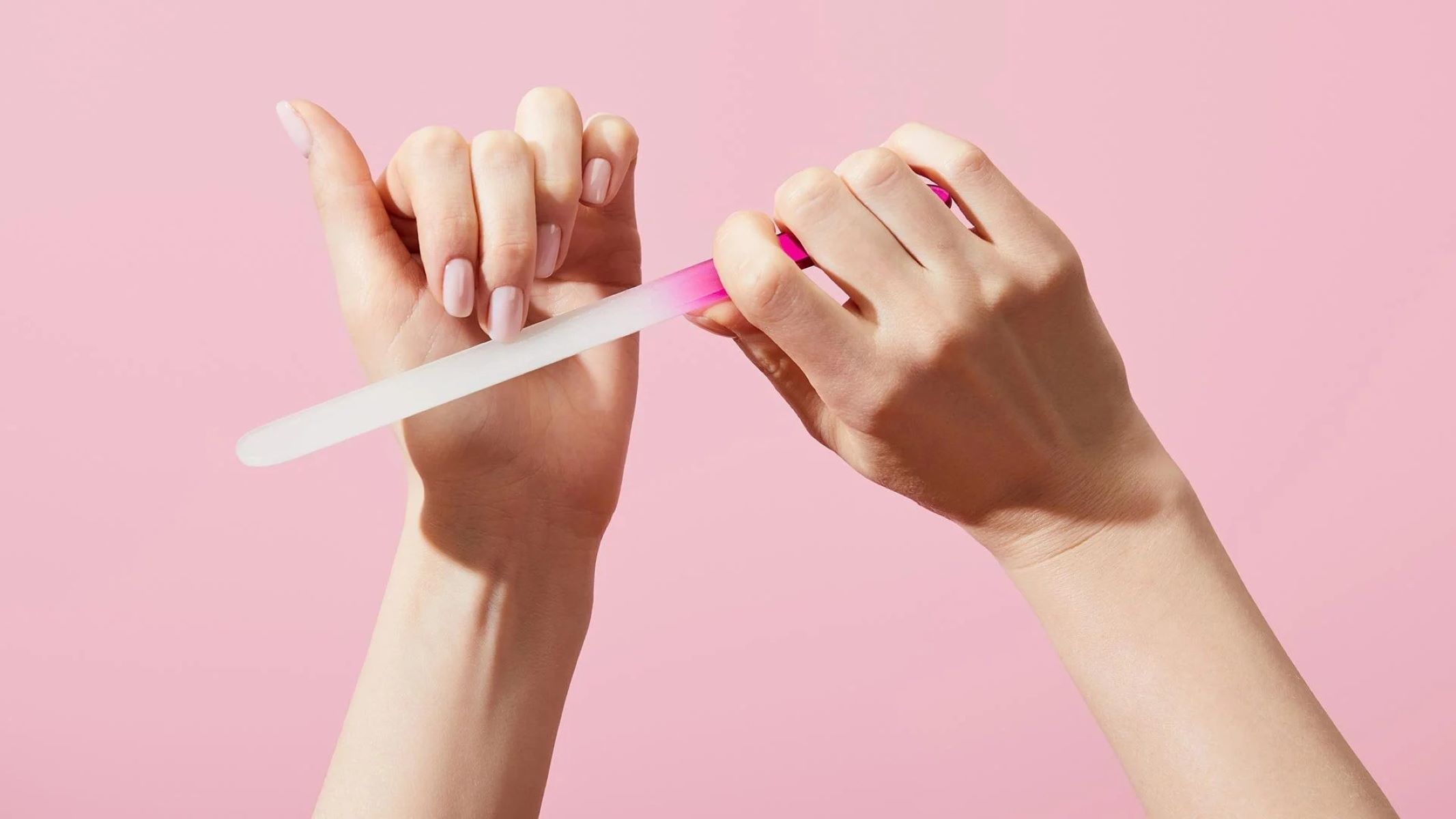

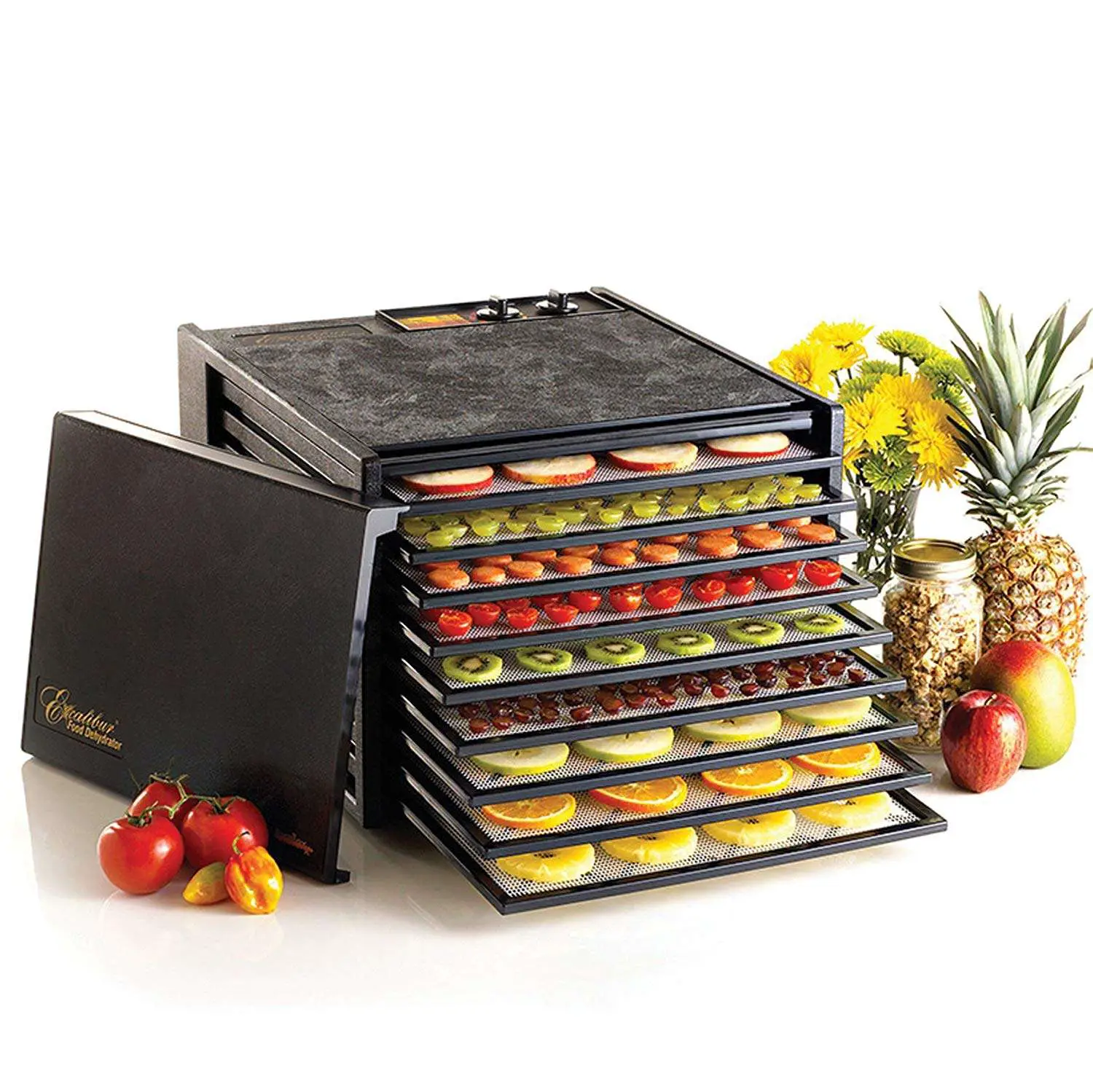
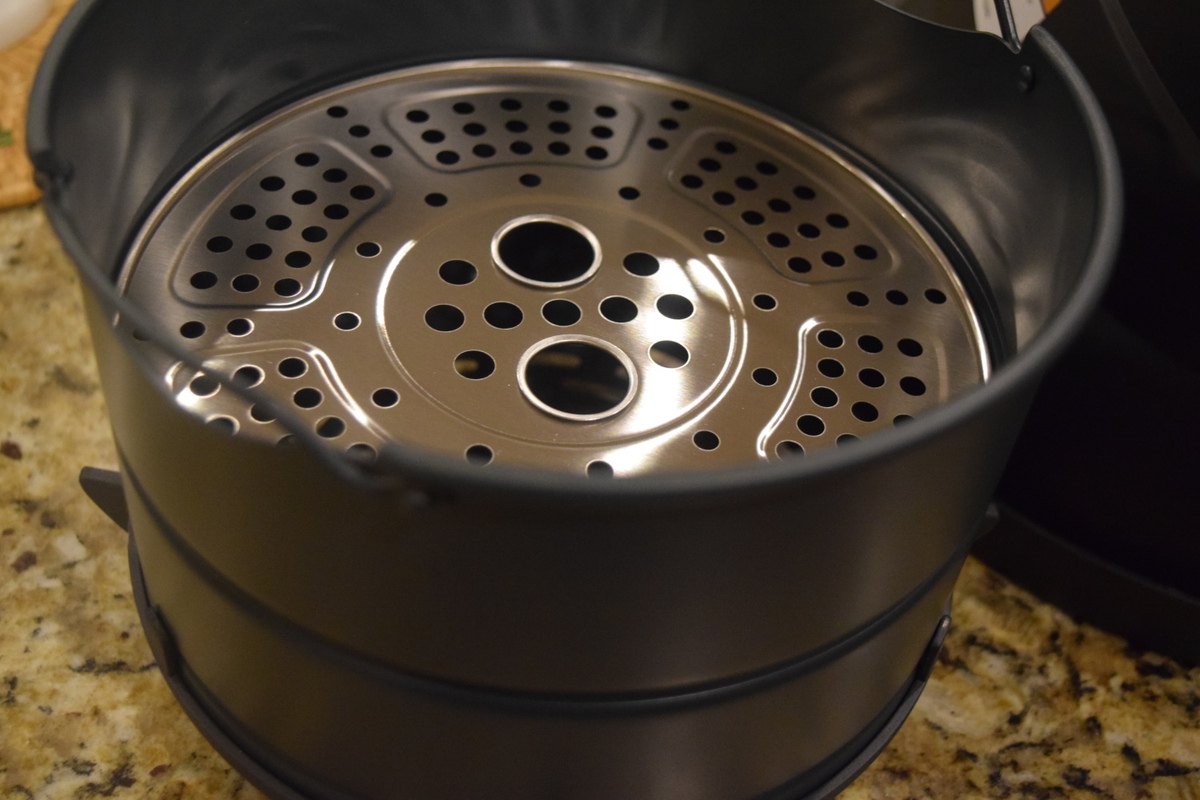
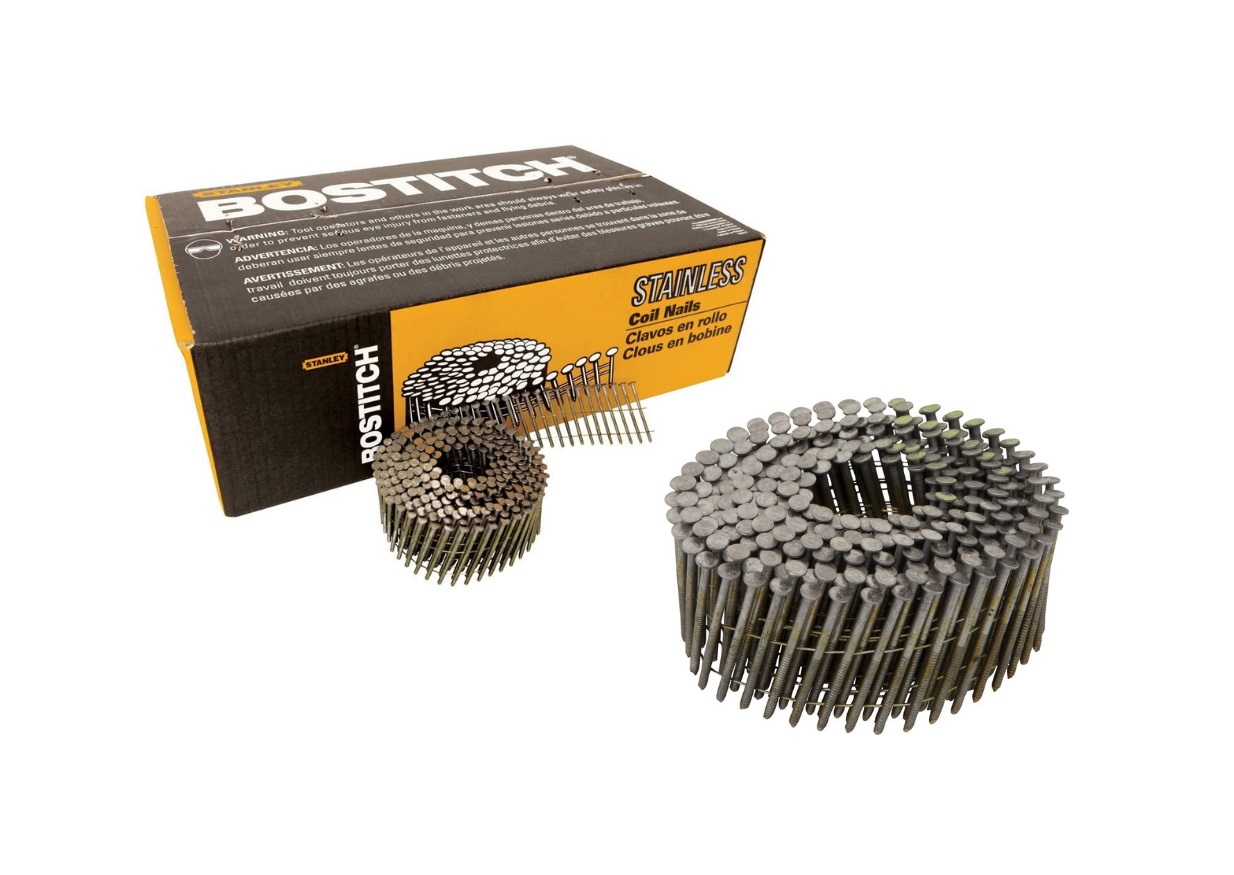
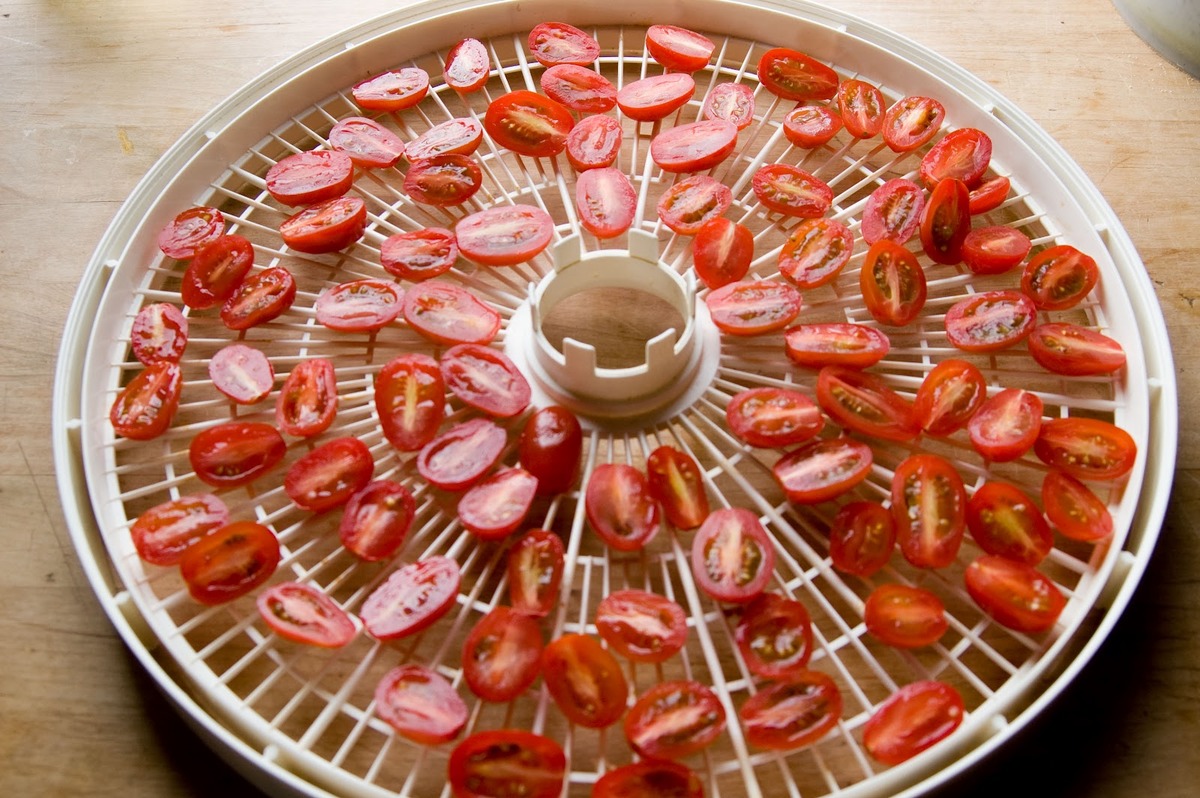
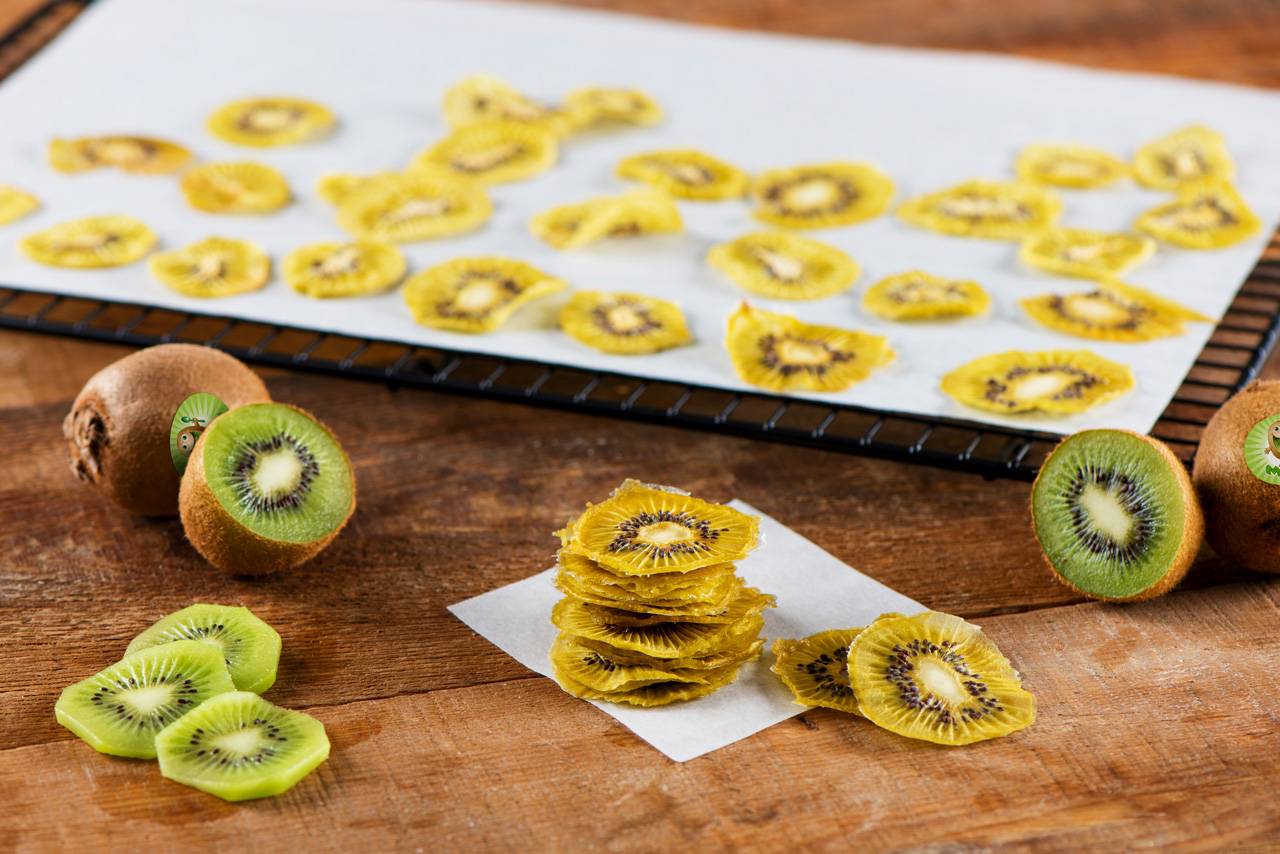
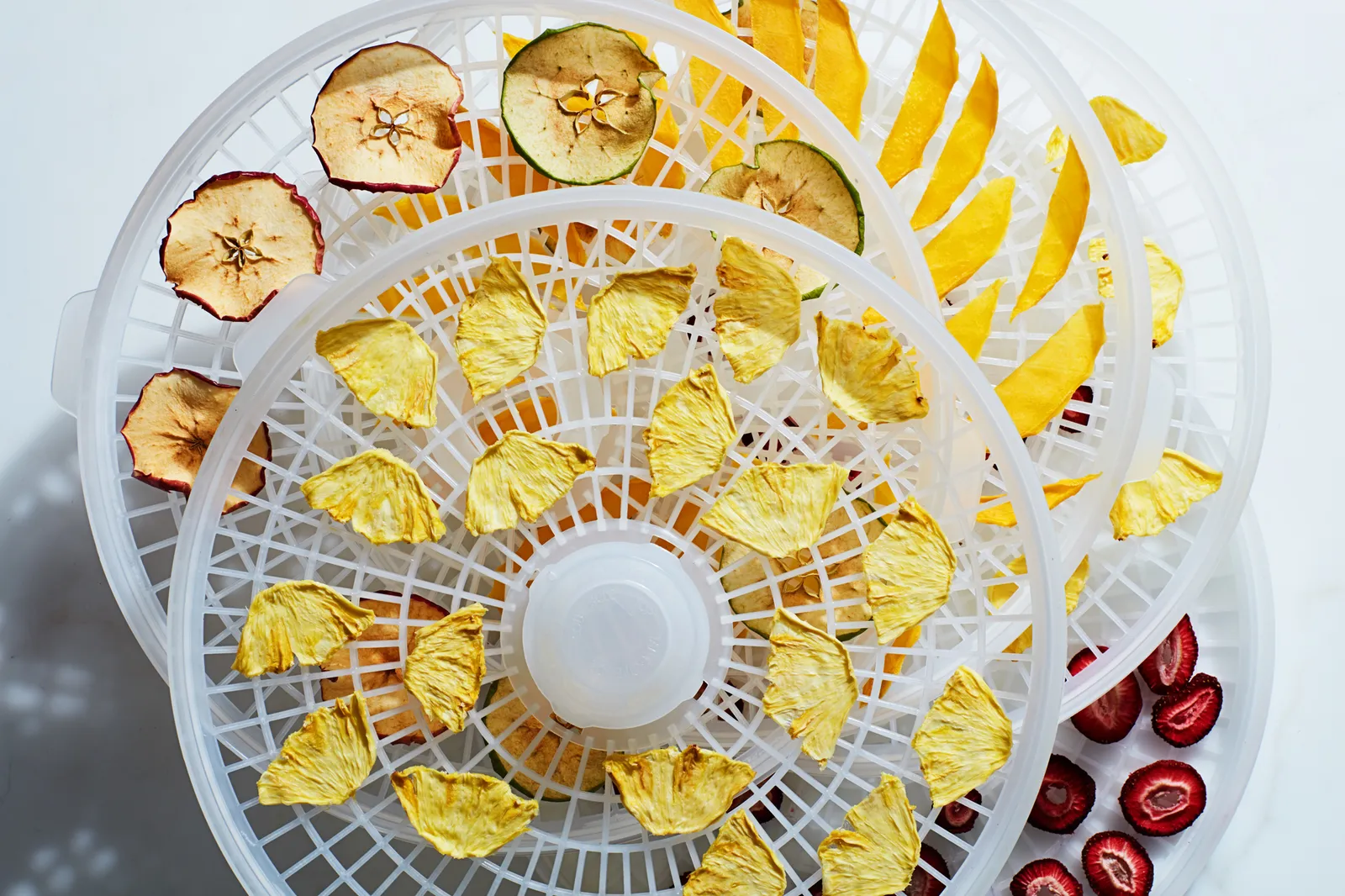
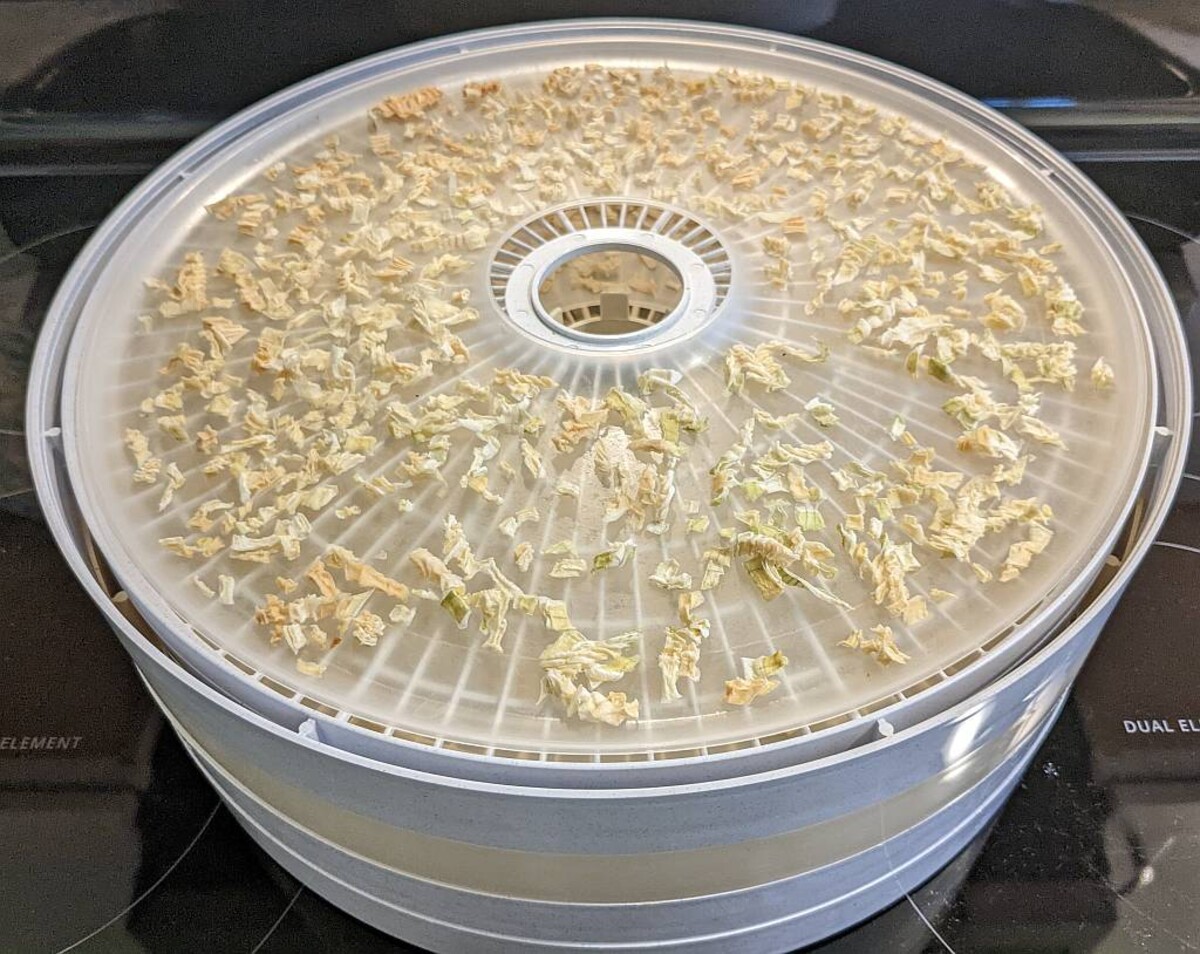
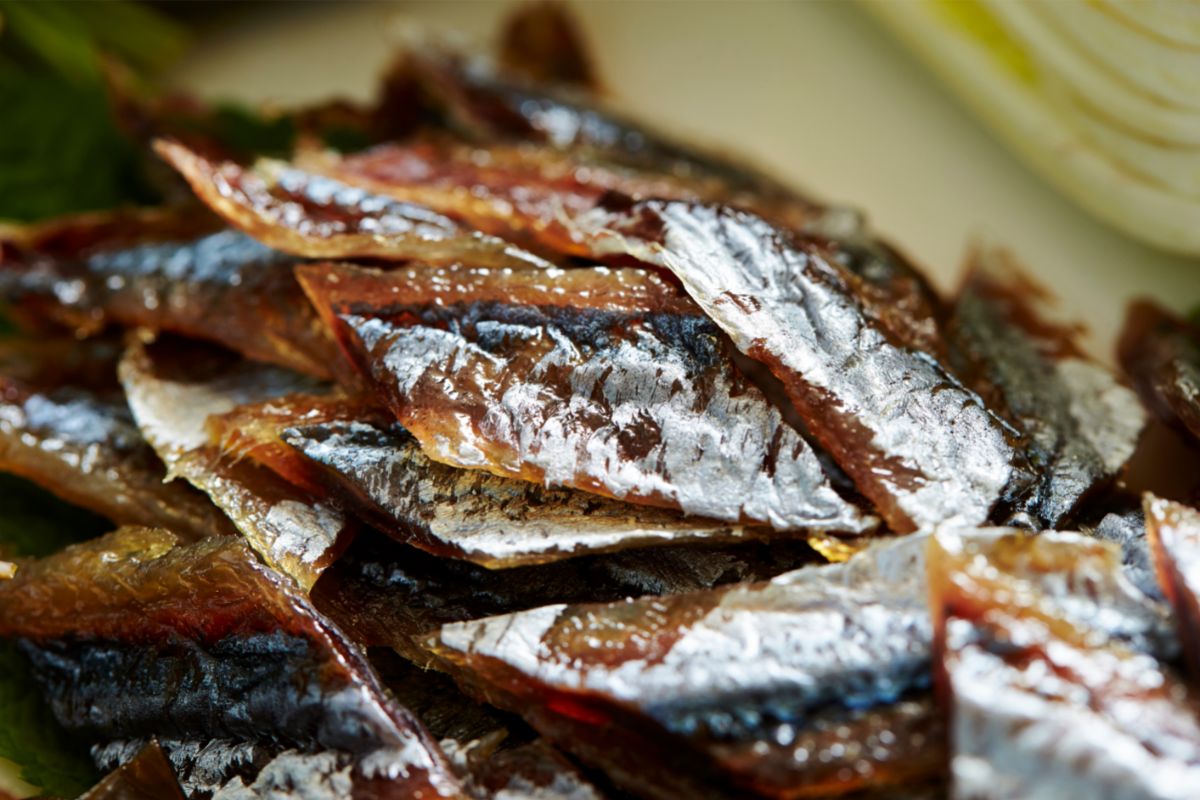
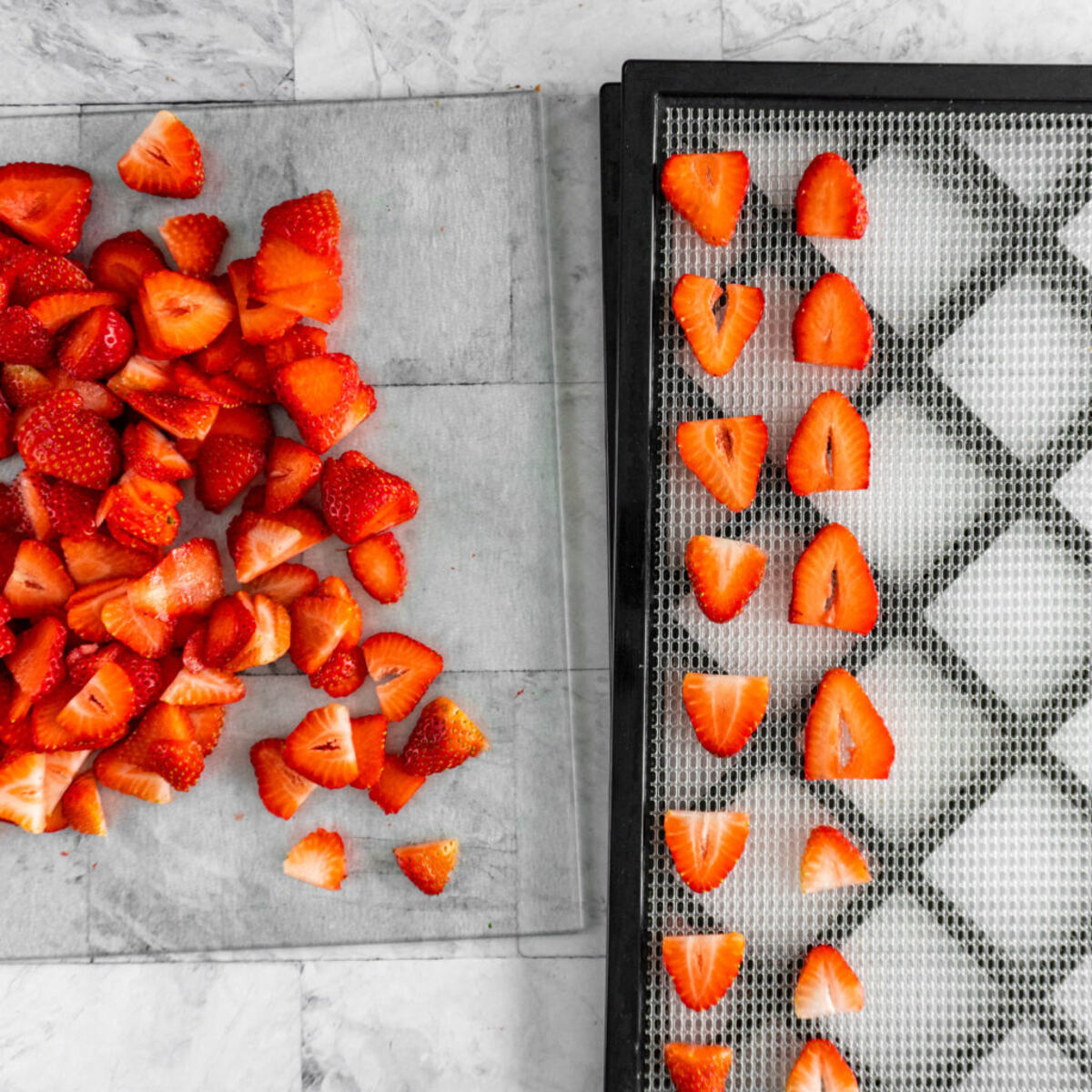

0 thoughts on “How To Use Nail Primer And A Dehydrator”